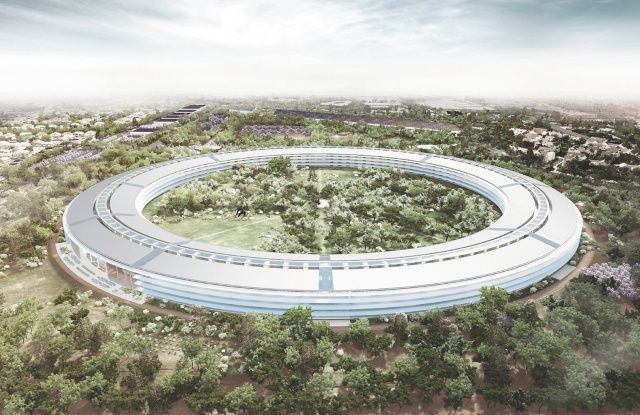A promising feature of the upcoming iOS 7 is the automatic updating feature for apps. As Senator John McCain knows, manually updating ever sigle app on your iOS device–especially as you start to collect a bunch–can be a real time sink.
Fortunately, iOS 7 beta has the ability to just let all your apps update in the background, automagically, with nary a trip to the App Store UPdates tab to waste your time. HOwever, if you want to be able to pick and choose which apps to update, you’ll need to make a trip to the Settings app.
![Manually Update Your Apps In iOS 7 Beta [iOS TIps] Disable Auto Updates](https://www.cultofmac.com/wp-content/uploads/2013/06/Disable-Auto-Updates.jpg)

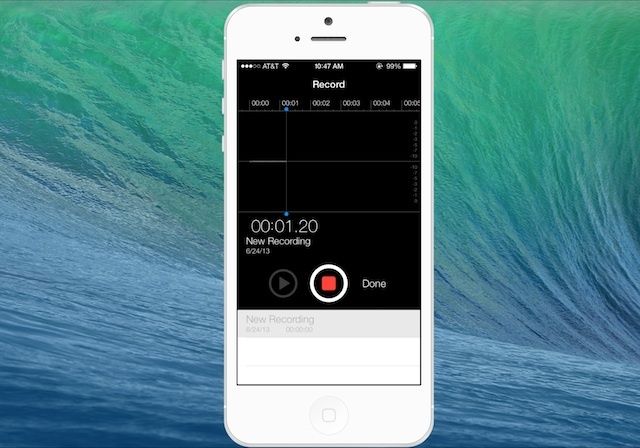
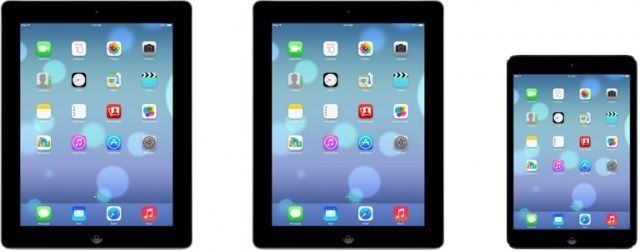
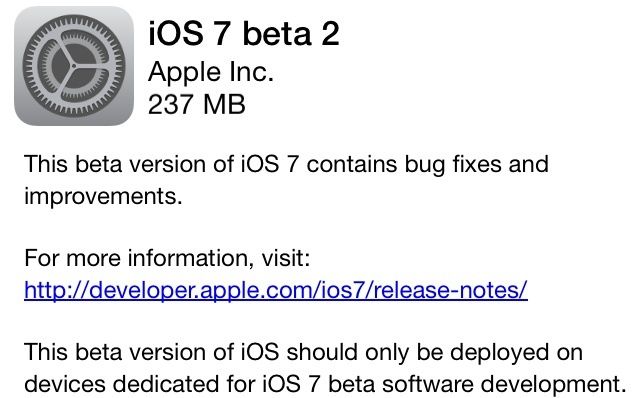
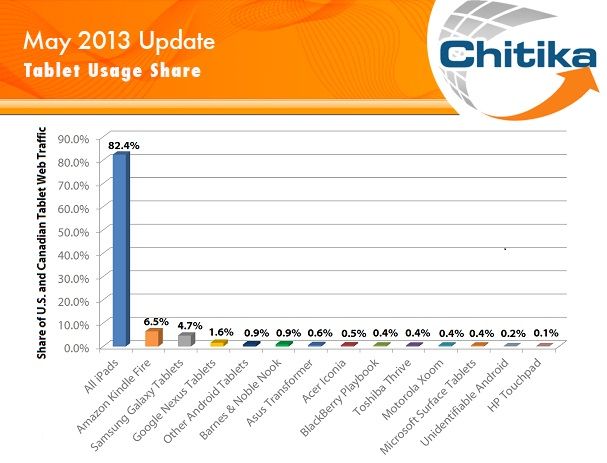
![Infinity Blade II Goes On Sale For $0.99 Until June 30th [Deals] Infinity-Blade](https://www.cultofmac.com/wp-content/uploads/2013/02/Screen-Shot-2013-02-14-at-14.53.06.jpg)

![Apple To Release iOS 7 Beta 2 Today [Rumor] iOS-7-WWDC](https://www.cultofmac.com/wp-content/uploads/2013/06/Screen-Shot-2013-06-20-at-10.42.00.jpg)
![ExoShift Convertible iPad Sleeve: The iPad Case That Covers Everything [Deals] CoM - ExoShift](https://www.cultofmac.com/wp-content/uploads/2013/06/CoM-ExoShift.jpg)
![Get Social Networks In The Safari Shared Links Sidebar With Mavericks [OS X Tips] Shared LInks In Safari](https://www.cultofmac.com/wp-content/uploads/2013/06/Shared-LInks-In-Safari.jpg)
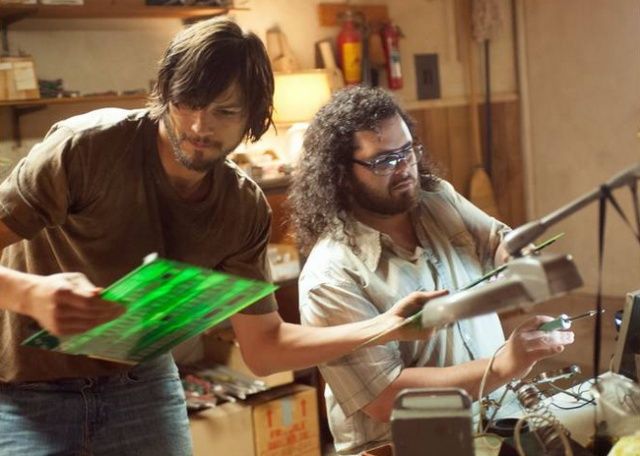
![Apple Significantly Reducing iPhone Orders For The Remainder Of 2013 [Analyst] iPhone 6 maker Foxconn is looking to lower its reliance on Apple.](https://www.cultofmac.com/wp-content/uploads/2013/04/iphone-5-foxconn.jpg)
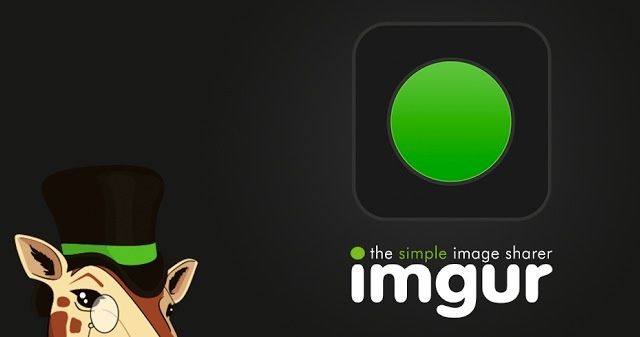
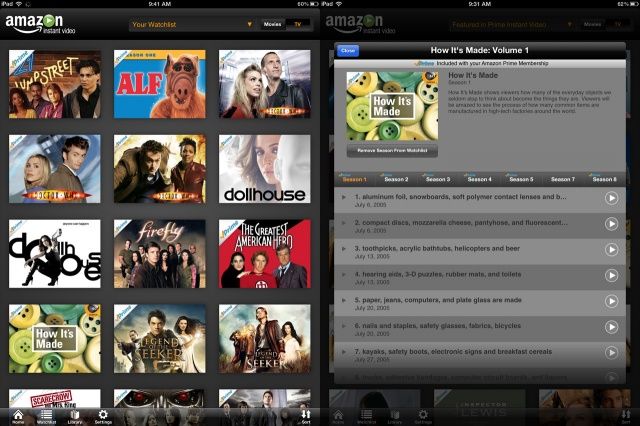
![TSMC Reaches Deal With Apple To Produce A8, A9 And A9X Processors [Rumor] A6](https://www.cultofmac.com/wp-content/uploads/2013/03/A6.jpg)
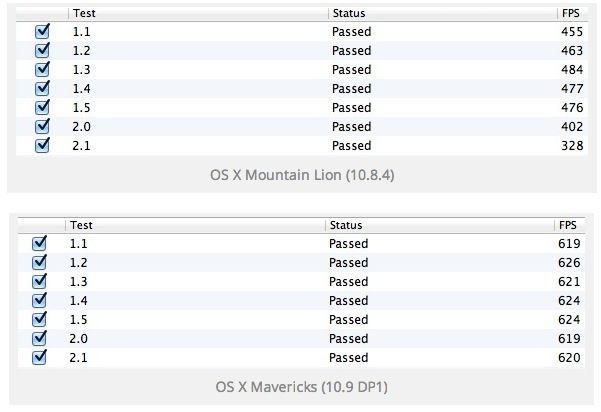
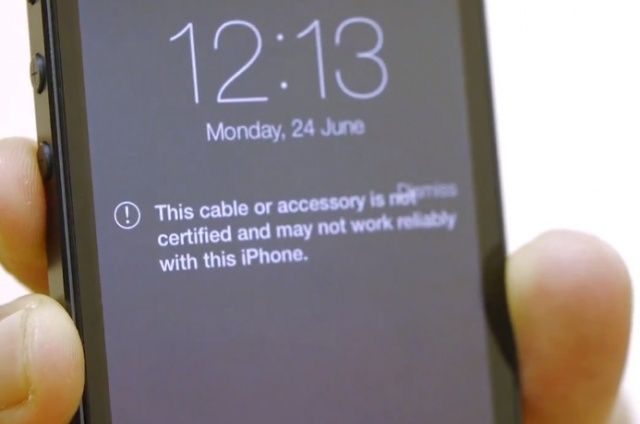
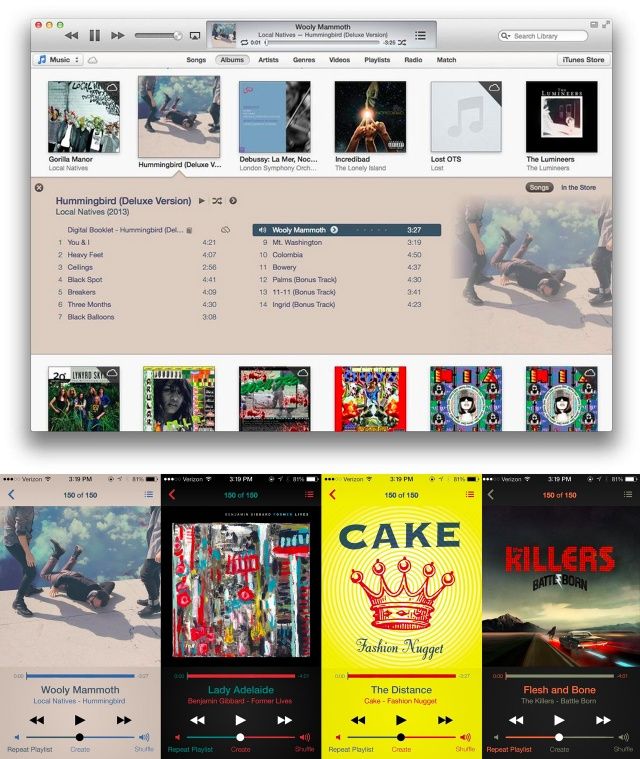

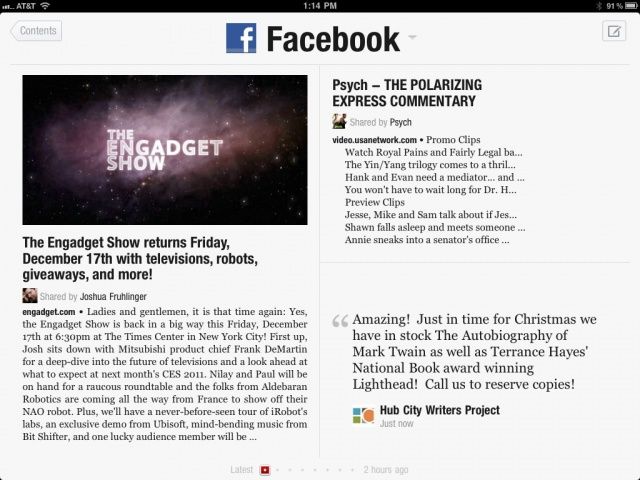
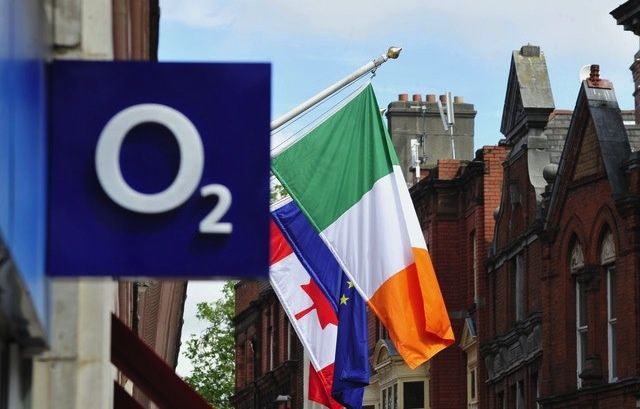
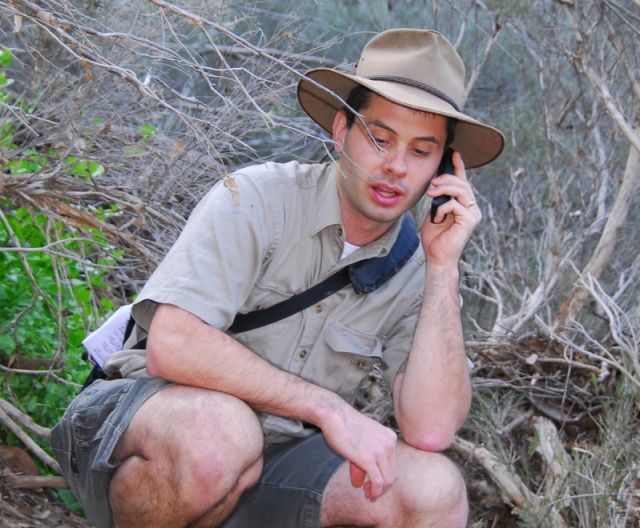
![Here Are Five New Hidden OS X Mavericks Secrets For Your Mac [Feature] multiple_displays_menus](https://www.cultofmac.com/wp-content/uploads/2013/06/multiple_displays_menus.jpg)
![Mavericks: Move Dashboard Around In Mission Control, Like Any Other Space [OS X Tips] Dashboard As Space](https://www.cultofmac.com/wp-content/uploads/2013/06/Dashboard-As-Space.jpg)
